▪ BNSF – Rail ramp is currently experiencing congestion in Chicago, Columbus, and Los Angeles. There are delays in picking-up and delivering containers at these locations.
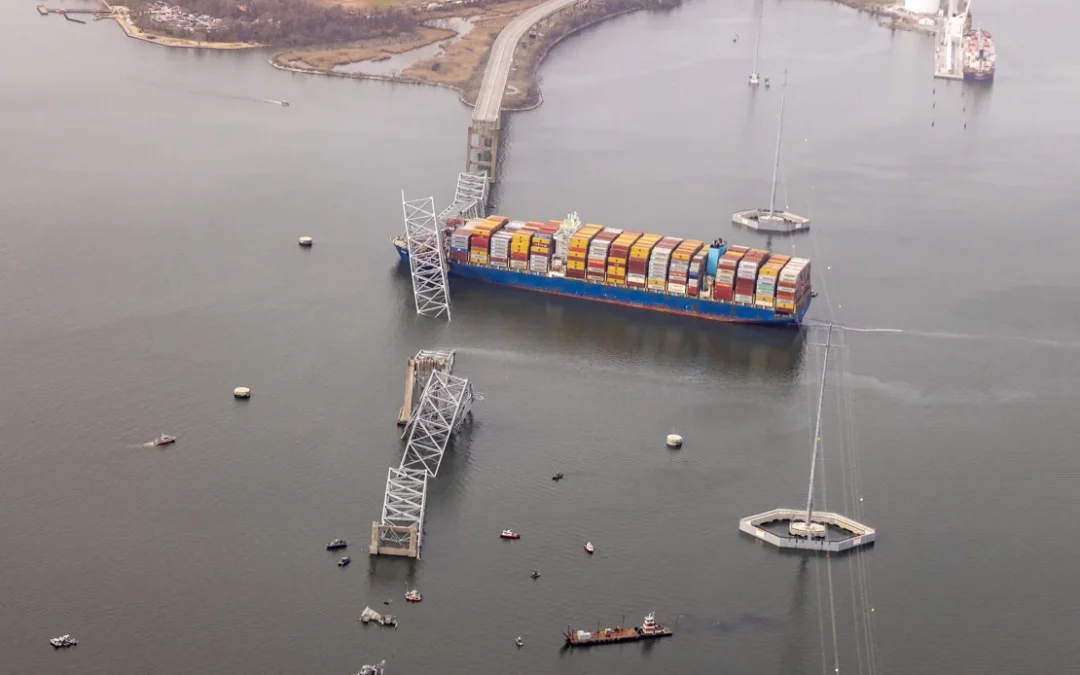

▪ BNSF – Rail ramp is currently experiencing congestion in Chicago, Columbus, and Los Angeles. There are delays in picking-up and delivering containers at these locations.

▪ BNSF – Rail ramp is currently experiencing congestion in Chicago, Columbus, and Los Angeles. There are delays in picking-up and delivering containers at these locations.
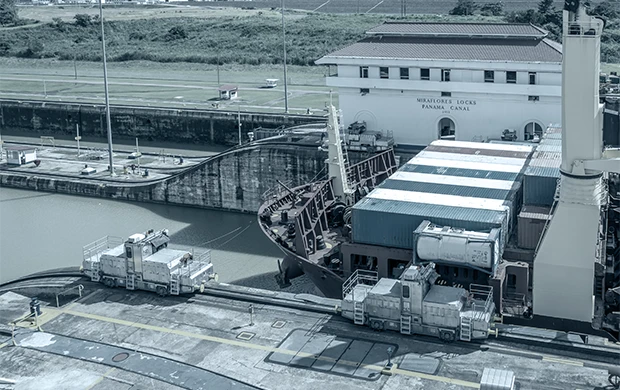
The Panama Canal is a 50-mile-long waterway that connects the Atlantic and Pacific Oceans, providing a shortcut for ships traveling between North and South America. It consists of a series of locks and a large artificial lake,
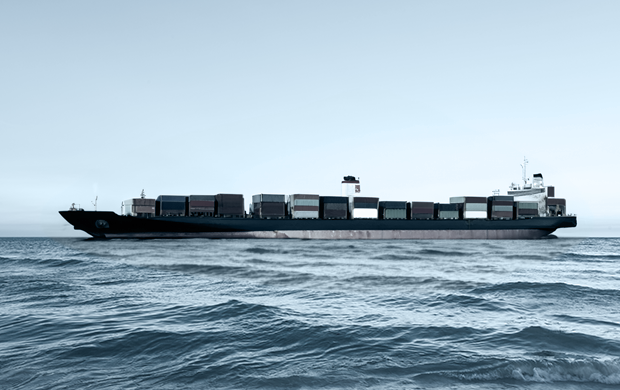
Vessels continue to be pushed further off the proforma schedule causing blank sailings, along with port congestion and the continuous increase of import volume within the past two years has affected operations in almost all areas of the country.

US less-than-truckload (LTL) carriers, long overshadowed by their larger truckload counterparts, are stepping into the spotlight this year.

Carriers operating between Asia and North Europe are handling fluctuating and softened trade demand by canceling more sailings and opting for inducement-only port calls, recognizing the need to be more proactive in meeting shipper requirements.

“We must collectively work together to not only restore cargo operations as quickly and safely as possible but to also rebuild the reputation of Canada’s largest gateway and ensure supply chain stability and resilience for the future,” BCMEA said.

Most terminals will be closed on Tuesday, July 4thth due to Independence Day Holiday. Please expect delays
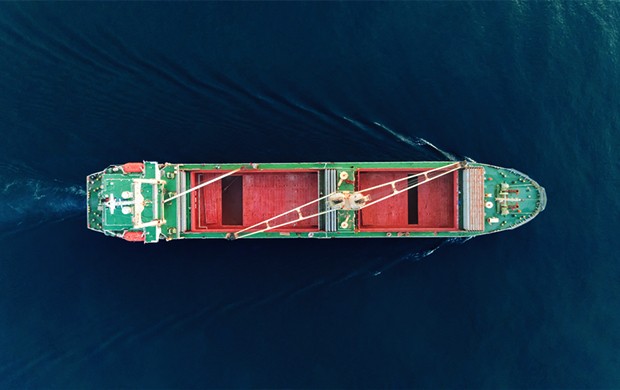
Ocean carriers are struggling to secure volume commitments from US importers on the eastbound trans-Pacific as continued softening of spot rates tempts shippers, particularly smaller ones, to not honor their contracts.

Vessels continue to be pushed further off the proforma schedule causing blank sailings, along with port congestion and the continuous increase of import volume within the past two years has affected operations in almost all areas of the country.

▪ BNSF – Rail ramp is currently experiencing congestion in Chicago, Columbus, and Los Angeles. There are delays in picking-up and delivering containers at these locations.

▪ BNSF – Rail ramp is currently experiencing congestion in Chicago, Columbus, and Los Angeles. There are delays in picking-up and delivering containers at these locations.

The Panama Canal is a 50-mile-long waterway that connects the Atlantic and Pacific Oceans, providing a shortcut for ships traveling between North and South America. It consists of a series of locks and a large artificial lake,

Vessels continue to be pushed further off the proforma schedule causing blank sailings, along with port congestion and the continuous increase of import volume within the past two years has affected operations in almost all areas of the country.

“We must collectively work together to not only restore cargo operations as quickly and safely as possible but to also rebuild the reputation of Canada’s largest gateway and ensure supply chain stability and resilience for the future,” BCMEA said.

Most terminals will be closed on Tuesday, July 4thth due to Independence Day Holiday. Please expect delays

Vessels continue to be pushed further off the proforma schedule causing blank sailings, along with port congestion and the continuous increase of import volume within the past two years has affected operations in almost all areas of the country.
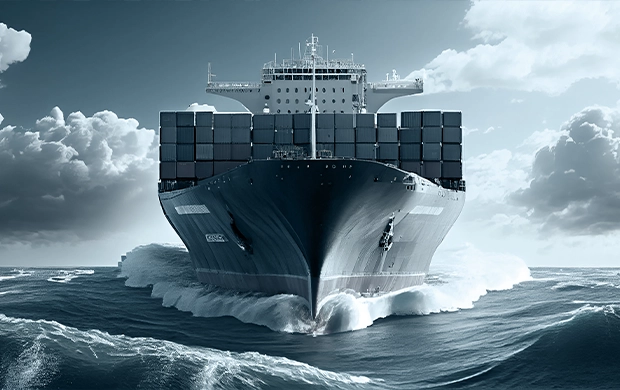
As ILWU locals have done repeatedly since last fall, dockworkers are selectively targeting some terminals with job actions, but not all terminals, in order to avoid the appearance of orchestrated job actions.
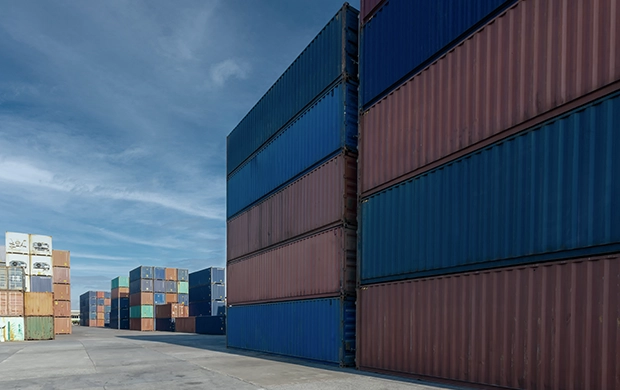
BNSF – Rail ramp is currently experiencing congestion in Chicago, Columbus, and Los Angeles. There are delays in picking-up and delivering containers at these locations.
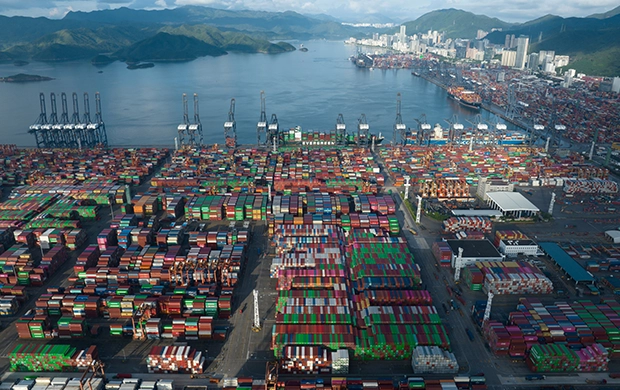
U.S. imports from Asia hit a six-month high in April as shippers sped up their cargo on the Eastbound Trans-Pacific, because they were faced with an anticipated round of general rate increases (GRIs) by ocean carriers

Let fr8lead simplify it for you

FR8LEAD annual meeting

Full visibility with Fr8lead
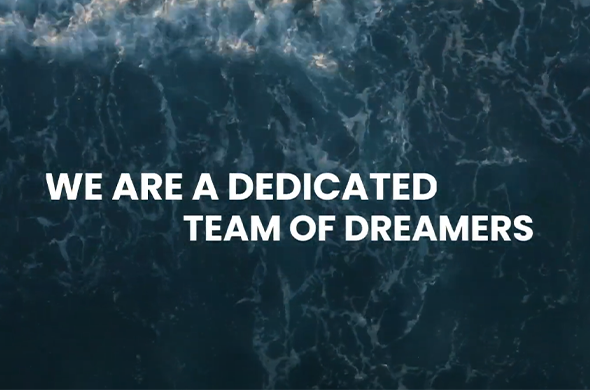
We are a dedicated team of dreamers

US less-than-truckload (LTL) carriers, long overshadowed by their larger truckload counterparts, are stepping into the spotlight this year.

Carriers operating between Asia and North Europe are handling fluctuating and softened trade demand by canceling more sailings and opting for inducement-only port calls, recognizing the need to be more proactive in meeting shipper requirements.

Ocean carriers are struggling to secure volume commitments from US importers on the eastbound trans-Pacific as continued softening of spot rates tempts shippers, particularly smaller ones, to not honor their contracts.
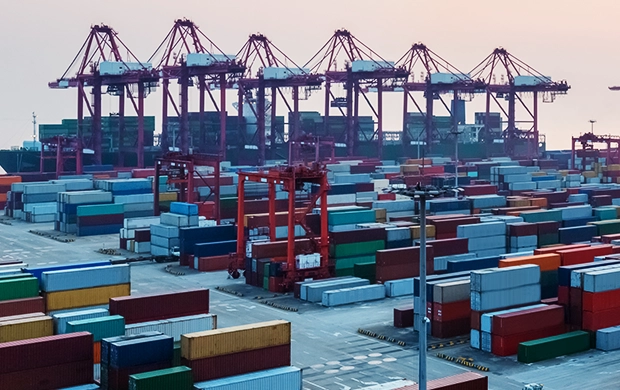
The story of the diversion of imports away from the US West Coast is well understood. While the International Longshore and Warehouse Union’s contract expired almost a year ago, the ILWU Canada contract remained in effect…
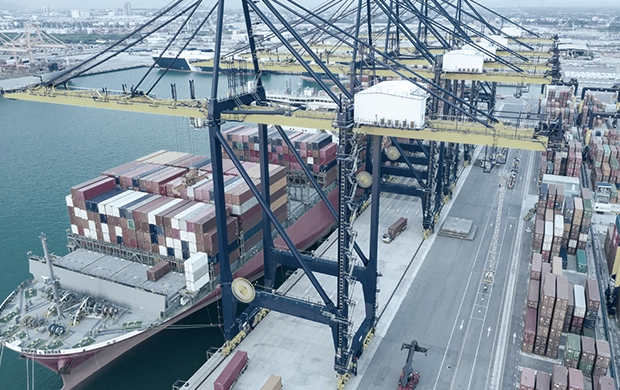
“As California’s population continues to grow and demand for imported goods continues to surge, it is vital that our state prioritize investments that will get goods moving faster,” said California Association of Port Authorities President and Port of Oakland Executive Director Danny Wan.
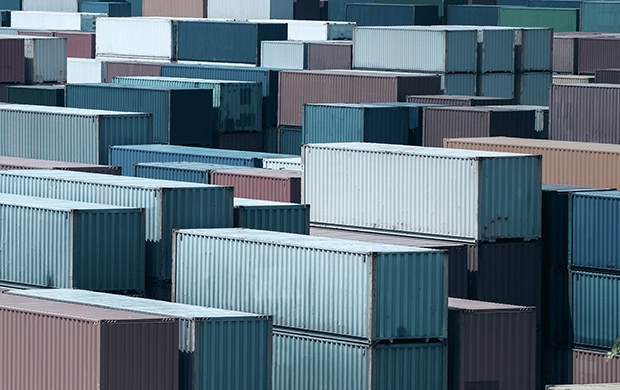
The International Monetary Fund reports a 73% year-on-year (y/y) decrease in foreign investments in China to $42.5bn. In comparison, foreign investment averaged $160 billion each half-year between the second half of 2020 and the first half of 2022.
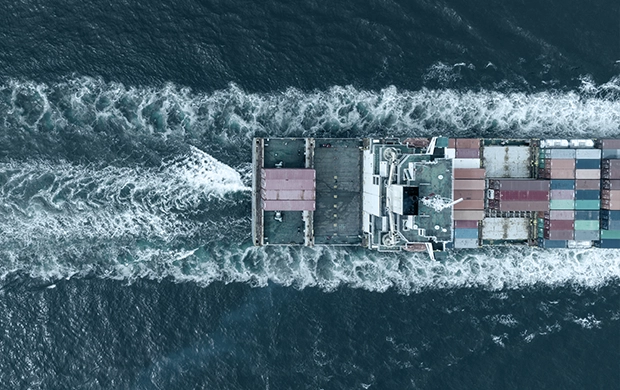
New numbers from the Federal Reserve Bank of New York show that container freight and the flow of goods from A to B are returning to normal across global supply chains.

Currently, intermodal trains from those two terminals must first travel north before they can cross over to southbound tracks, an extra move that can add hours of delays due to other freight activity on the tracks.
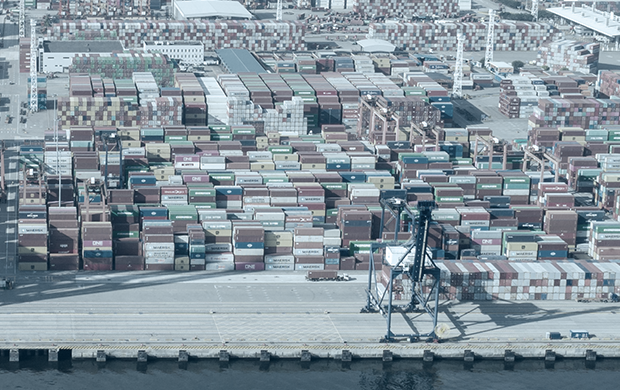
On Asia-Mediterranean, for the three week period of Weeks 7-9, there was a trend of positive capacity correction where capacity was added back instead of taken out.
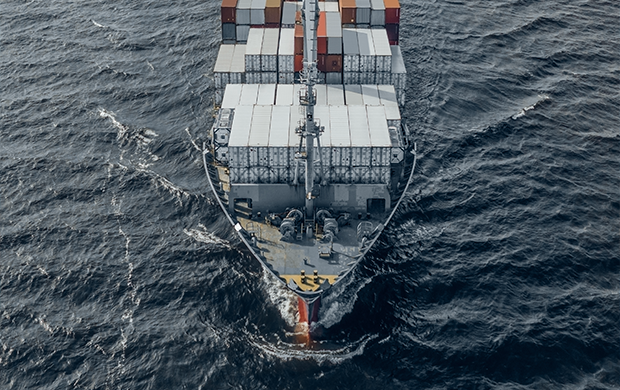
On Asia-Mediterranean, for the three week period of Weeks 7-9, there was a trend of positive capacity correction where capacity was added back instead of taken out.
▪ BNSF – Rail ramp is currently experiencing congestion in Chicago, Columbus, and Los Angeles. There are delays in picking-up and delivering containers at these locations.
▪ BNSF – Rail ramp is currently experiencing congestion in Chicago, Columbus, and Los Angeles. There are delays in picking-up and delivering containers at these locations.
The Panama Canal is a 50-mile-long waterway that connects the Atlantic and Pacific Oceans, providing a shortcut for ships traveling between North and South America. It consists of a series of locks and a large artificial lake,
Vessels continue to be pushed further off the proforma schedule causing blank sailings, along with port congestion and the continuous increase of import volume within the past two years has affected operations in almost all areas of the country.
US less-than-truckload (LTL) carriers, long overshadowed by their larger truckload counterparts, are stepping into the spotlight this year.
Carriers operating between Asia and North Europe are handling fluctuating and softened trade demand by canceling more sailings and opting for inducement-only port calls, recognizing the need to be more proactive in meeting shipper requirements.
“We must collectively work together to not only restore cargo operations as quickly and safely as possible but to also rebuild the reputation of Canada’s largest gateway and ensure supply chain stability and resilience for the future,” BCMEA said.
Most terminals will be closed on Tuesday, July 4thth due to Independence Day Holiday. Please expect delays
Ocean carriers are struggling to secure volume commitments from US importers on the eastbound trans-Pacific as continued softening of spot rates tempts shippers, particularly smaller ones, to not honor their contracts.
Vessels continue to be pushed further off the proforma schedule causing blank sailings, along with port congestion and the continuous increase of import volume within the past two years has affected operations in almost all areas of the country.